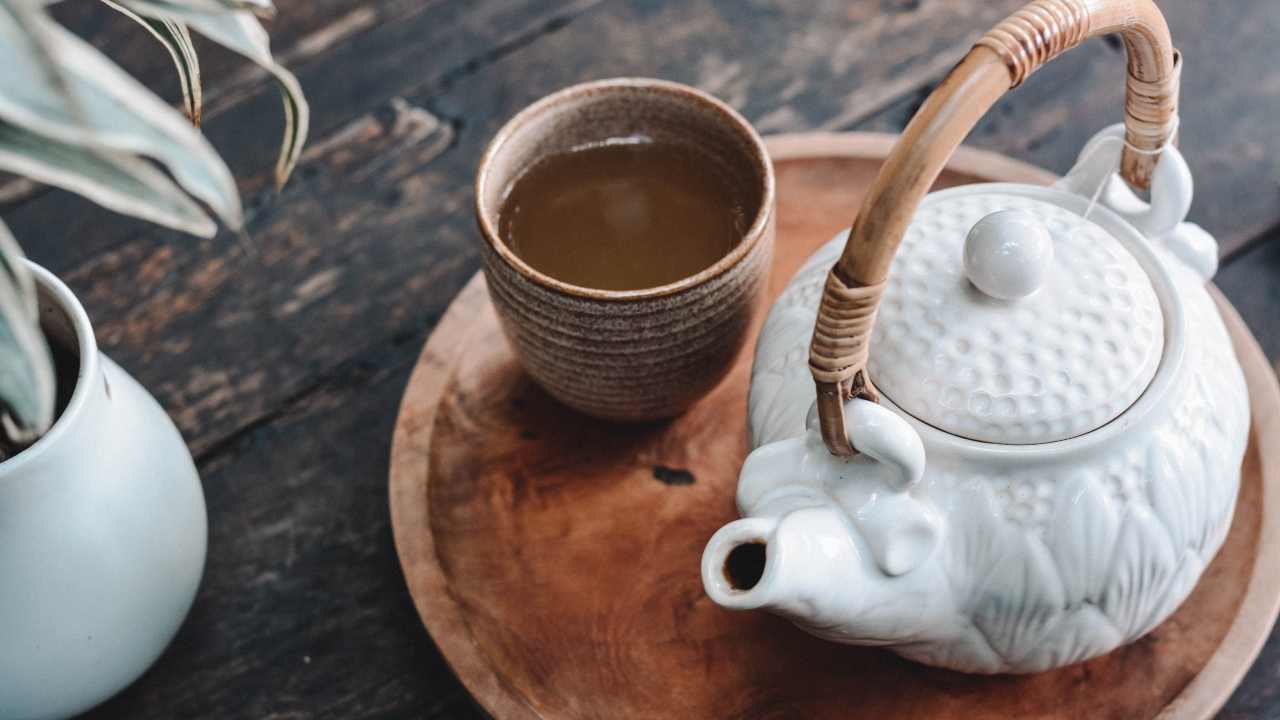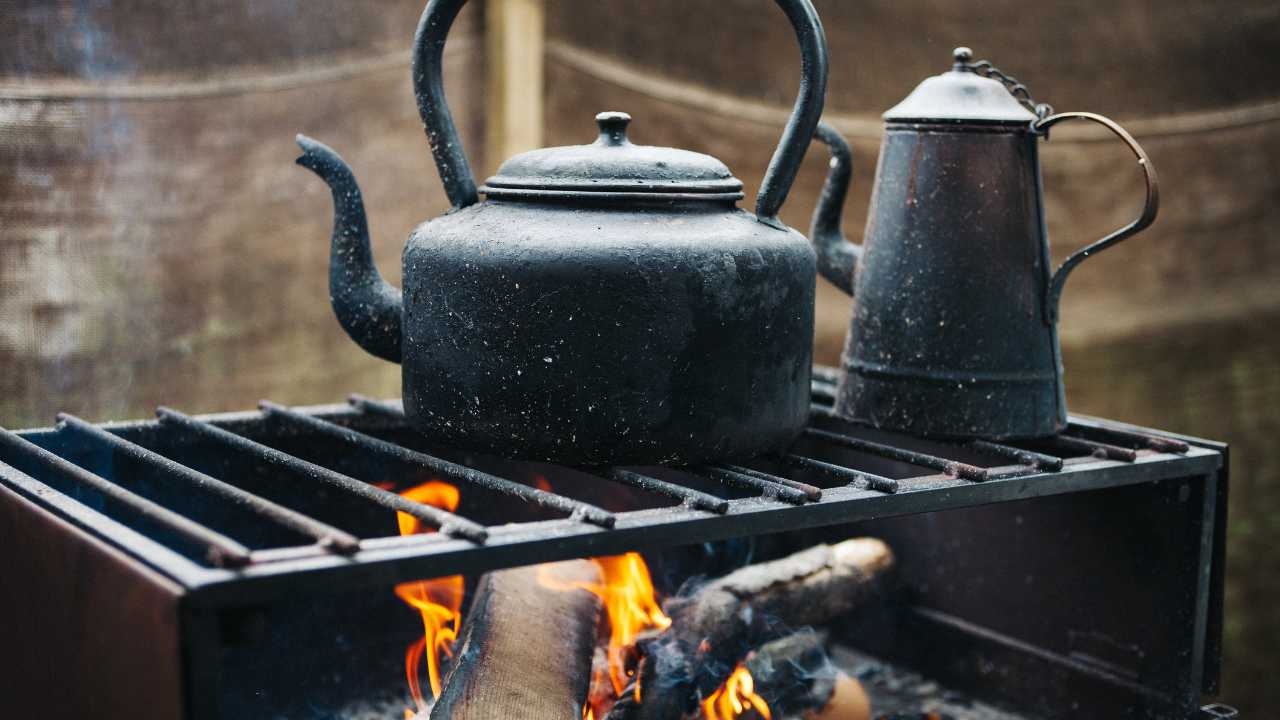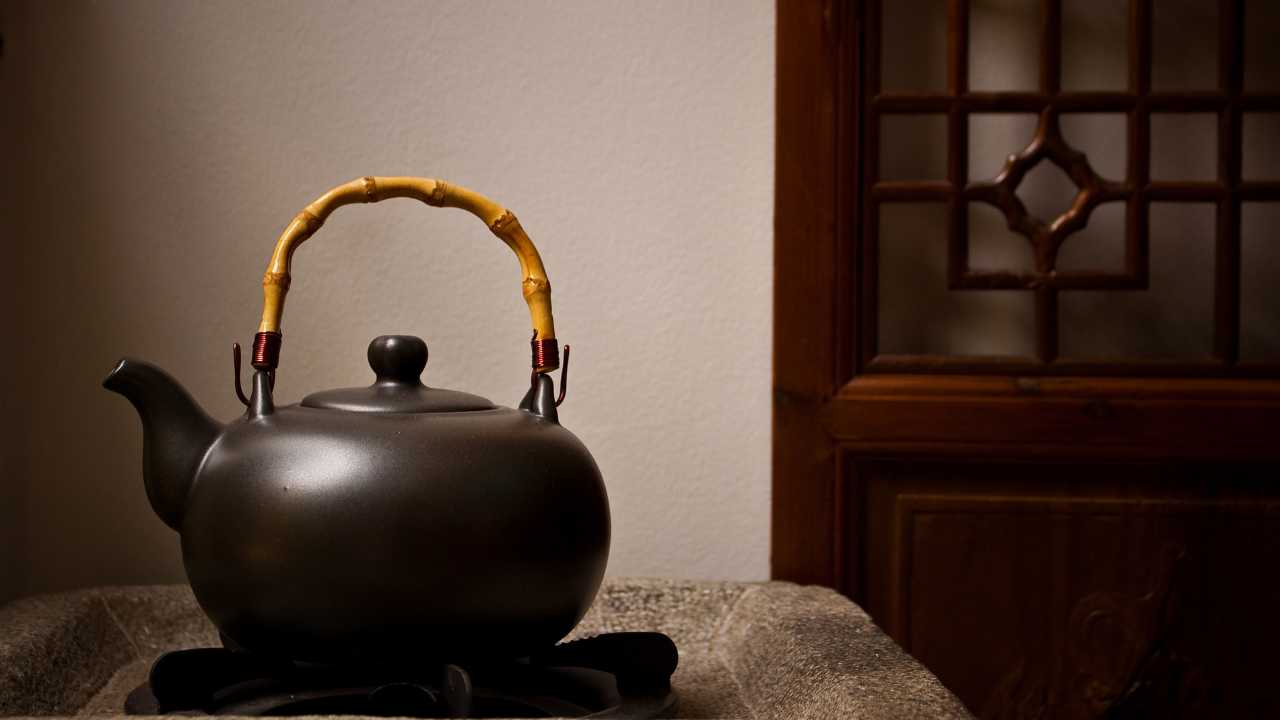What’s the Difference Between a Tea Pot and a Tea Kettle?
Have you ever wondered what the difference is between a tea pot and a tea kettle? Its a small distinction but an important one!

Is there really a difference between a tea pot and a tea kettle? Well, it depends on who you ask. For some people, the terms are interchangeable and they use them to mean the same thing. But for others, there is an important distinction between the two. Let’s take a look at how these two pieces of kitchen equipment differ from each other.
Design Differences
The most obvious difference between these two pieces of kitchen equipment is their physical design.
A tea kettle is typically made out of metal and is shaped like a cylinder with a handle on one side and a spout on the other side.
A tea pot, on the other hand, is usually made out of ceramic or porcelain and has an open top with a handle on one side. The body of the tea pot is rounder than that of the kettle and it often has a lid as well as its own spout.

Functional Differences
The primary functional difference between these two pieces of kitchenware is that kettles are designed to be used directly over heat sources such as stoves or hotplates while teapots are intended for use off-heat sources such as countertops or tables.
Tea kettles can be used to boil water quickly while teapots can be used to brew tea over time using lower temperatures that won’t burn the leaves or flowers inside them.
This means that if you want to make hot water quickly, you should reach for your kettle but if you want to steep your favorite herbal blend, then your best bet would be to grab your teapot instead!
There is a camping kettle that has all the features and functions you would need for a fun camping trip!
Kettles Vs Teapots
Kettles and teapots are two of the most common kitchen tools used for making tea or coffee. While they may look similar, there are significant differences between them. In this post, we'll take a closer look at the differences between kettles and teapots and help you understand which one you should use for your brewing needs.
Kettles
A kettle is a type of pot with a spout and a handle that are used to heat water. They can be made of various materials such as stainless steel, glass, or ceramic. The primary function of a kettle is to heat water to boiling temperature, making it ideal for preparing tea or coffee.
The primary differences between kettles and teapots are their design and function. Kettles are designed to heat water to boiling temperatures and have a spout for easy pouring. Additionally, most kettles do not have a built-in strainer, so tea or coffee needs to be prepared separately.
Teapots
A teapot is a type of pot with a spout, handle, and lid used to brew tea. Teapots are typically made of ceramic, porcelain, or glass and are available in various shapes and sizes. The primary function of a teapot is to brew tea and keep it warm.
One of the key features of a teapot is the strainer, which is built into the spout or lid. The strainer ensures that the brewed tea remains clear and free of loose-leaf tea or stray tea leaves. Additionally, teapots often come with extended handles to help with pouring without burning your hands.
Overall, the main differences between kettles and teapots are their function and design. Kettles are designed primarily to heat water, while teapots are designed for brewing and serving tea. Kettles do not usually come with built-in strainers, while teapots do, and many teapots feature extended handles for easy pouring without risking burns.
So, which one should you use? If you need to heat water for making tea or coffee, use a kettle. If you're looking to brew and serve tea, a teapot is the way to go. Whatever your brewing needs are, knowing the key differences between kettles and teapots will help you choose the right tool for the job.

Condensed Differences
To boil it down and to summarize the main points above the main differences are as follows:
- Kettles are pots with a spout and handle that are used to heat water; teapots are pots with a spout, handle, and lid used to brew tea.
- Kettles are designed to heat water to boiling temperatures and have a spout for easy pouring.
- Teapots have a built-in strainer to keep loose-leaf tea or stray tea leaves out of the brewed tea.
- Teapots are made of ceramic, porcelain, or glass, while kettles can be made of various materials.
- Teapots often come with extended handles to help with pouring without risking burns.
- If you need to heat water for making tea or coffee, use a kettle. If you're looking to brew and serve tea, use a teapot.
Final Thoughts
So there you have it—the differences between a tea pot and a tea kettle! While they may look similar at first glance, they actually serve very different functions in the kitchen. So next time someone asks you if they’re the same thing, now you can confidently answer no! Whether it’s boiling water quickly or brewing loose leaf tea slowly, either piece of kitchenware will do the job just fine—as long as you know which one to reach for!

